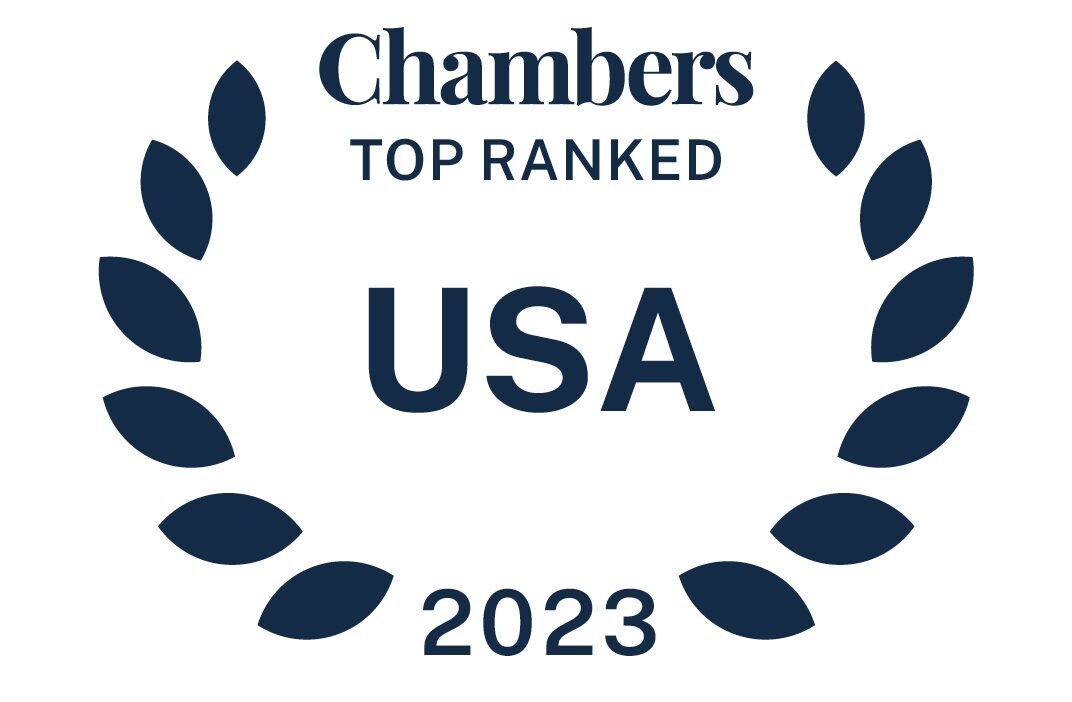Digital health is experiencing a boom in investment as the regulatory environment becomes more supportive of digital health services. But as companies seek to make the most of their funding and protect the innovations that drive their product, it is imperative that they protect their intellectual property from being copied or duplicated by others in the market.
What exactly is IP?
Intellectual Property (IP) is generally non-tangible property. You can hold your laptop in your hands or you can stand on a piece of land — those are both tangible examples of property. Intellectual property cannot be physically held or touched. Protections available for intellectual property generally break down into one of four areas: patents; trade secrets, trademark, and copyright.
Patent protection offers an additional layer of protection for digital health solutions compared to copyrights. For example, a company may be eligible for a patent if it has innovated a new approach to identifying data, a new approach to storing data more efficiently, or a new approach to the data structure itself—those are all ways where innovations could be patentable and help extend protection around data.
How does IP apply to data?
If, in a digital health patent application, a company focuses on innovation for a computer-specific problem—such as keeping data private, keeping data secure, de-identifying data—that is usually a homerun argument to the patent office for crossing the first threshold of eligibility for patenting.
This is one of the few areas where the patent office has made it clear that these ideas and invention types are considered patent eligible. Thereafter, of course, remains the traditional challenge of getting a patent, which is to prove that no one before you has invented what you’ve invented. But lately, in the digital health space, that challenge seems to be less difficult to overcome compared to the eligibility challenge.
How to protect IP
read more


 Subscribe
Subscribe

